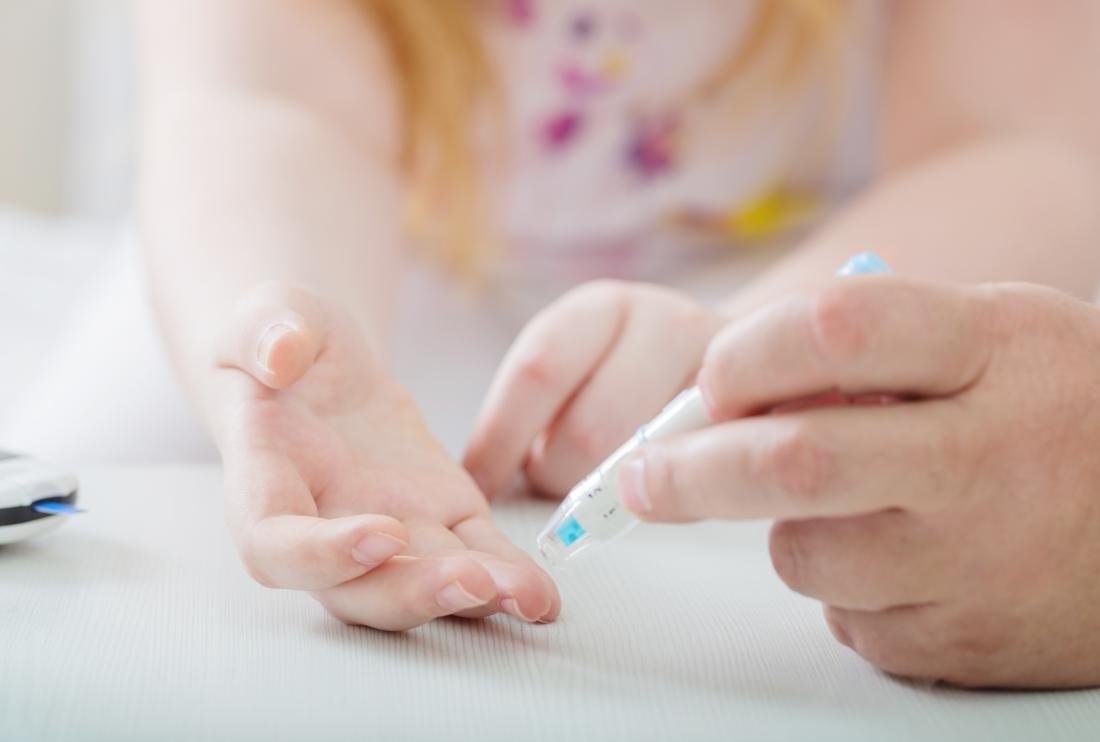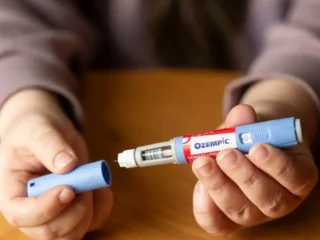Diabetes isn’t only type I or type 2. The India-Scotland Partnership for Precision Medicine in Diabetes (INSPIRED) study says that type 2 diabetes can be further divided into four subtypes, namely, SIDD (Severe Insulin Deficient Diabetes), IROD (Insulin Resistant Obese Diabetes), CIRDD (Combined Insulin Resistant and Deficient Diabetes) and MARD (Mild Age-Related Diabetes).
The study published in the BMJ Open Diabetes Research and Care, says this categorization of type type 2 diabetes will help doctors cut down on medications for some diabtes patiensts in India, while serious complications blindness, kidney or nerve damage can be prevented in other patients.
A team of researchers found these four distinct clusters after analysing nearly 20,000 case sheets of patients with Type 2 diabetes from Dr Mohan’s Diabetes Speciality Centre in association with the University of Dundee, School of Medicine, Scotland to categorise patients into four clusters, two of which were unique to Indians — IROD and CIRDD.
The scientists then replicated the findings in a representative population-based ICMRINDIAB study in India done across 15 Indian states.
“Until now, we have been treating all type 2 diabetes the same. The study shows different clusters of type 2 diabetes in Indians,” said diabetologist Dr R M Anjana, the first author of the study said.
Dr Colin Palmer from the Department of Pharmacogenomics, School of Medicine, University of Dundee, said “Recognizing subtypes might help doctors more specifically choose medication for their patients instead of going with the standard ones.”
However, the scientists have failed to find factors which are responsible for these four clusters, but they are working to to see if genetic markers cause these sub-typs. They are also trying to find out whether people’s classification might change over time.






